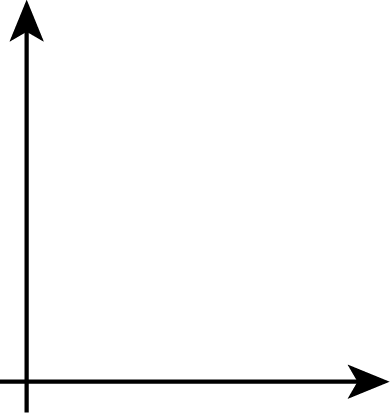6.1: Dog Run
Here are five pictures of a dog taken at equal intervals of time.

Diego and Lin drew different graphs to represent this situation:

Let’s draw a graph from a story.
Here are five pictures of a dog taken at equal intervals of time.

Diego and Lin drew different graphs to represent this situation:

For each situation,


You will use the tools in the applet for creating a visual display that shows your response to each question.
Here is a story: “Noah was at home. He got on his bike and rode to his friend’s house and stayed there for awhile. Then he rode home again. Then he rode to the park. Then he rode home again.”
Sketch a graph of this story.
What are the two quantities? Label the axes with their names and units of measure. (For example, if this were a story about pouring water into a pitcher, one of your labels might say “volume (liters).”)
Note: To change the values on the axes, select the Move Graphics tool

click near the end of the axis you want to change, and drag it to grow or shrink it.
Here is a graph showing Andre's distance as a function of time.

For a graph representing a context, it is important to specify the quantities represented on each axis. For example, if this is showing distance from home, then Andre starts at some distance from home (maybe at his friend’s house), moves further away (maybe to a park), then returns home. If instead the graph is showing distance from school, the story may be Andre starts out at home, moves further away (maybe to a friend's house), then goes to school. What could the story be if the graph is showing distance from a park?